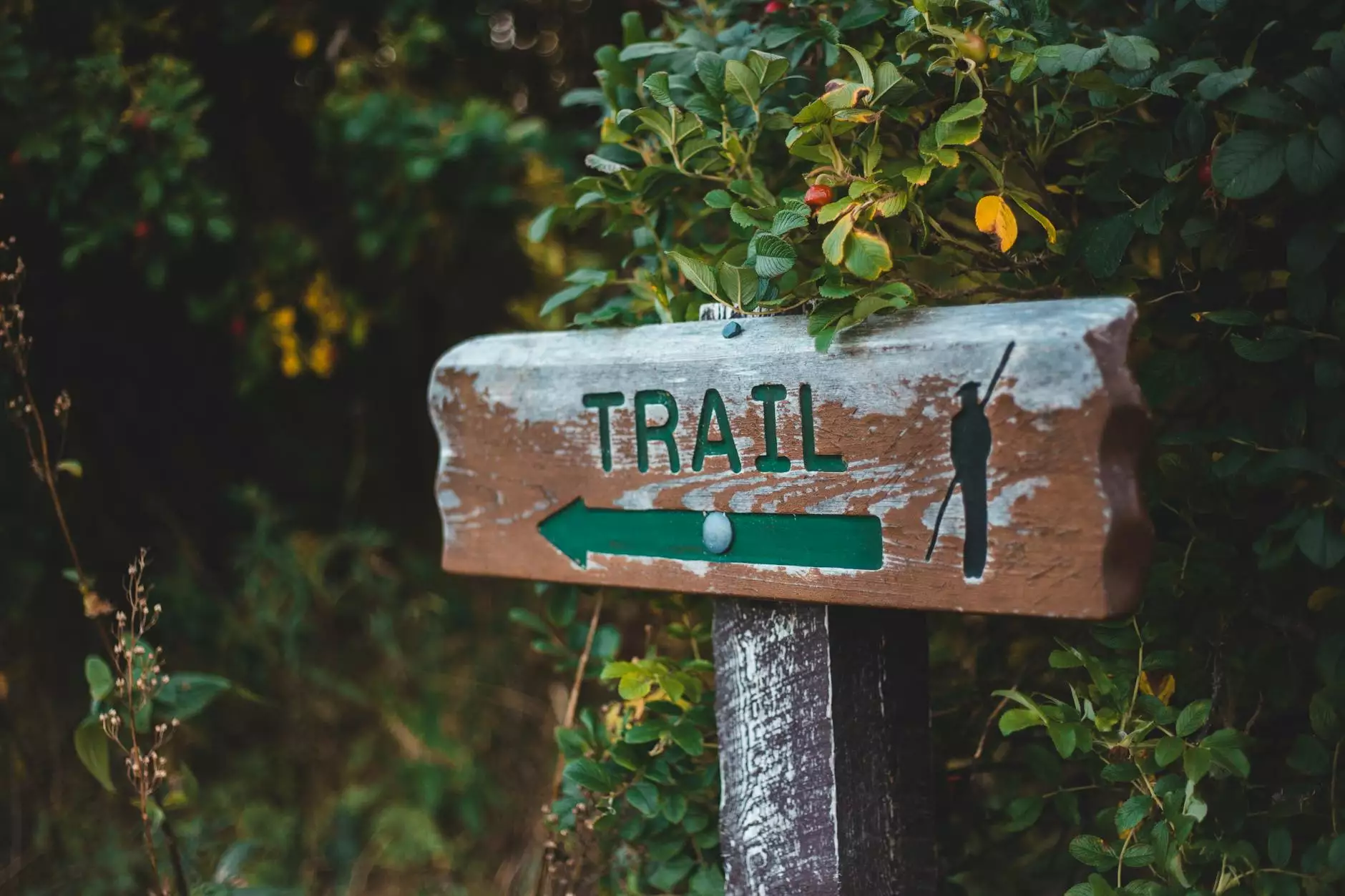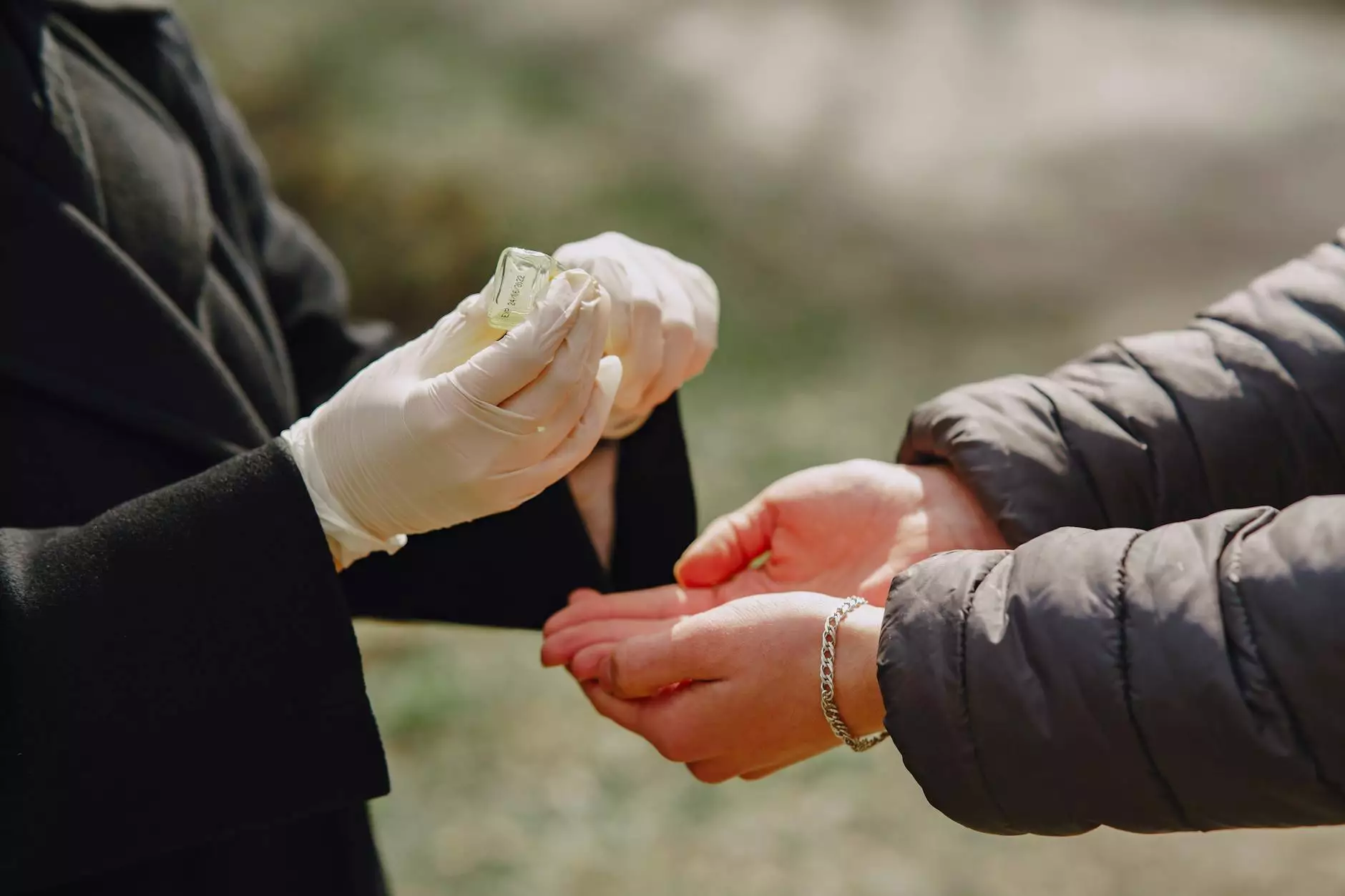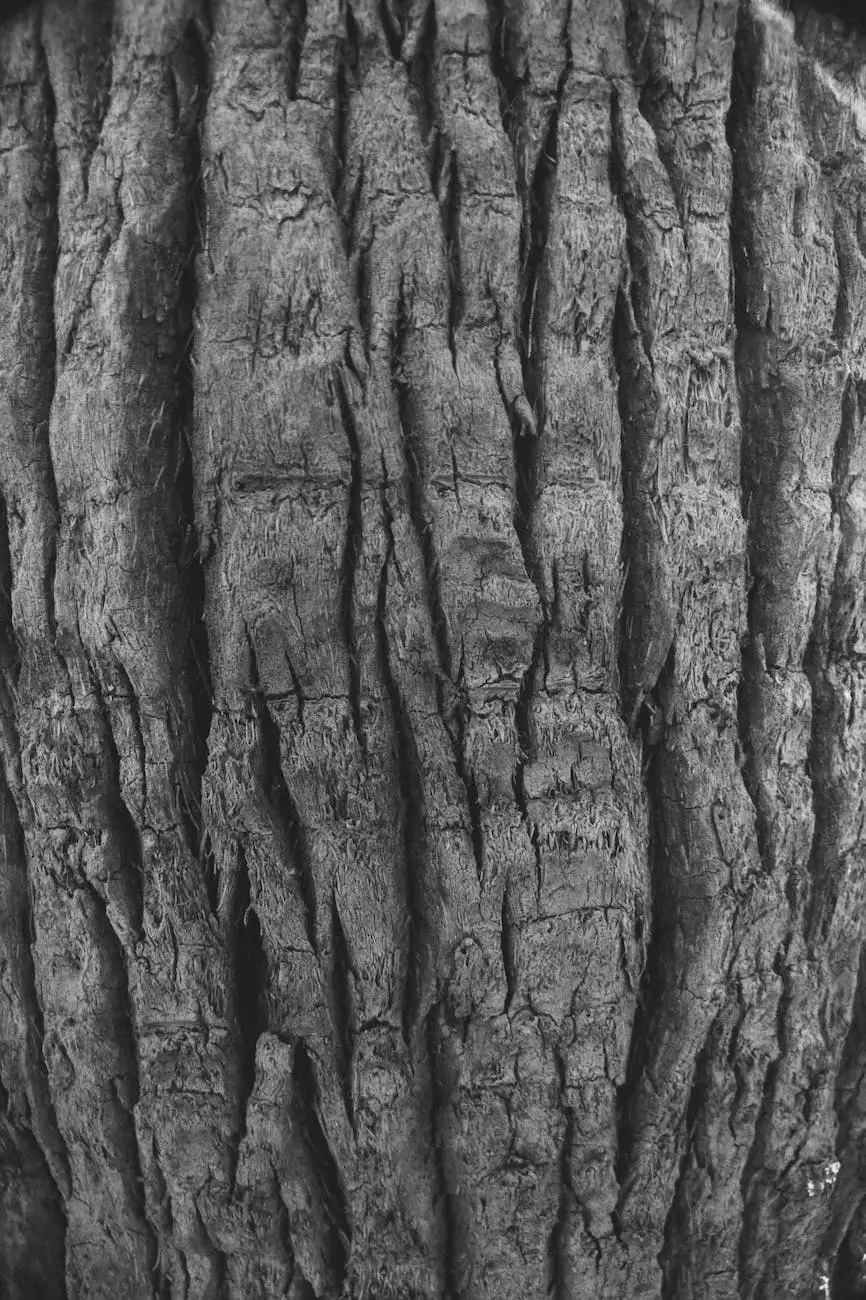A Homeowner's Guide to Tree Trimming & Pruning

Introduction
Welcome to Cutting Hedge Services, your trusted resource for all things related to tree maintenance. In this comprehensive guide, we will walk you through the art of tree trimming and pruning. Whether you are a seasoned gardener or just starting out, this guide is designed to equip homeowners like you with the knowledge and techniques required to maintain healthy and beautiful trees in your yard.
Why Tree Trimming and Pruning is Important
Tree trimming and pruning are essential practices that promote tree health, safety, and aesthetics. Regularly maintaining your trees helps prevent disease, eliminates potential hazards, and enhances the overall appearance of your property.
1. Ensuring Tree Health
Proper trimming and pruning techniques ensure that trees receive adequate sunlight and air circulation, reducing the risk of fungal infections and promoting healthy growth. Trimming also helps eliminate dead or diseased branches, preventing the spread of pathogens throughout the tree.
2. Enhancing Safety
Overgrown or weak branches can pose a significant risk to your property and the people around it. Trimming removes hazardous branches, preventing accidents during storms or strong winds. Regular maintenance also reduces the likelihood of branches interfering with power lines, roofs, or nearby structures.
3. Improving Aesthetics
A beautifully trimmed and pruned tree can transform the look of your entire yard. By removing excessive growth, shaping the canopy, and maintaining an appropriate height, you can create a visually appealing focal point. Proper pruning also encourages the development of dense foliage, enhancing the tree's overall aesthetic appeal.
When to Trim or Prune Your Trees
The timing of tree trimming and pruning depends on various factors, including the tree species and the objectives you want to achieve. In general, the dormant season, typically during late winter or early spring, is ideal for most tree pruning activities. However, there are exceptions:
1. Flowering Trees
Flowering trees, such as cherry or dogwood trees, should be pruned immediately after they finish blooming. This ensures you won't disrupt the following year's flower production by removing buds or new growth.
2. Evergreen Trees
Evergreen trees can be pruned during late winter or early spring, similar to deciduous trees. However, avoid trimming them too close to the onset of cold weather, as this can hinder their recovery process.
3. Hazardous Branches
If you notice any dead, damaged, or diseased branches on your trees, don't wait for the dormant season; remove them immediately to prevent further damage.
Tree Trimming and Pruning Techniques
Proper techniques are vital to ensure successful tree trimming and pruning. Here are some essential steps to help you achieve optimal results:
1. Equipment Preparation
Before starting the trimming process, ensure you have the necessary equipment, such as pruning shears, loppers, and a pruning saw. Make sure your tools are clean, sharp, and well-maintained to avoid causing unnecessary damage to the tree.
2. Assessing Tree Structure
Examine the tree's overall condition, identifying the branches that require trimming or pruning. Look for signs of disease, deadwood, or crossing branches that may hinder proper growth or pose safety risks.
3. Pruning Outward Growth
Start by removing any branches growing inward, towards the center of the tree. These branches can potentially damage the tree's structure and inhibit proper airflow.
4. Trimming Dead or Diseased Branches
Identify and remove any dead or diseased branches, as they can weaken the tree and spread infections to other parts.
5. Shaping the Canopy
Using appropriate pruning techniques, shape the outer canopy of the tree to ensure uniform growth and an aesthetically pleasing appearance. Be cautious not to remove more than 25% of the tree's foliage in one season, as it may stress the tree.
6. Protecting Wounds
For larger cuts or wounds resulting from pruning, consider applying a protective tree wound dressing to prevent rot and infections.
Conclusion
In conclusion, tree trimming and pruning are crucial practices for maintaining healthy and visually appealing trees in your yard. By following the proper techniques and guidelines outlined in this guide, you can become a proficient homeowner in tree maintenance. Remember to prioritize tree health, safety, and aesthetics when engaging in tree trimming or pruning activities. If you ever feel unsure or need assistance, do not hesitate to seek professional help from Cutting Hedge Services. Now, grab your tools and start transforming your trees into stunning masterpieces!










